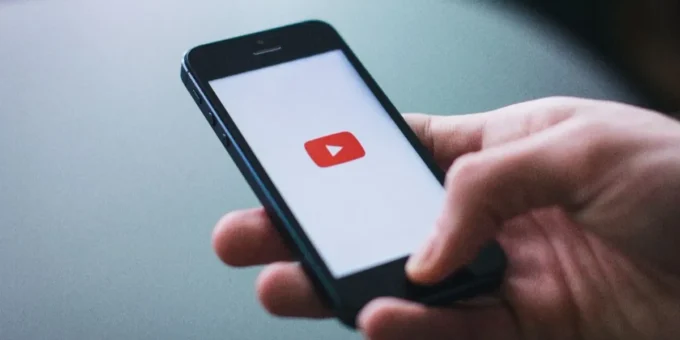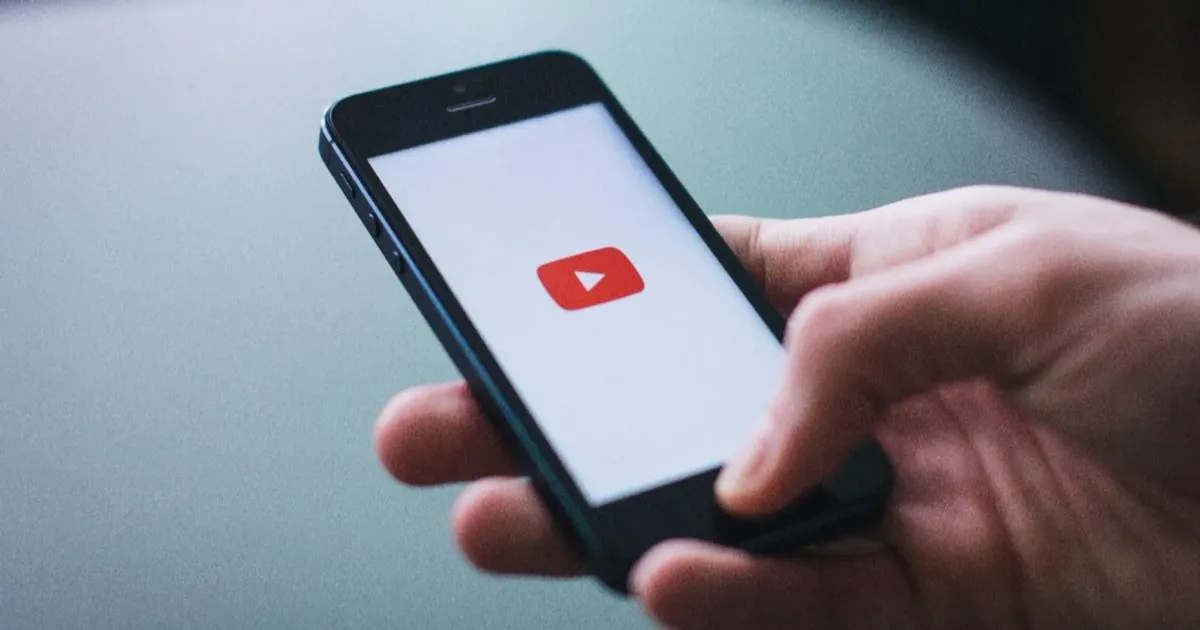
After abandoning plans to block popular Western internet services, the Russian authorities have now moved to trying to slow them down. This week it emerged that YouTube was being throttled — a platform where millions of Russians watch reports and interviews from independent journalists undermining the Kremlin’s case for its war in Ukraine. Whatsapp, too, has been targeted as officials say the messenger is used by terrorist groups. The goal is to make the services cumbersome and annoying, to frustrate Russians to switch into home-grown alternatives that Moscow has under tighter control.
- Talk of blocking YouTube in Russia first started shortly after the invasion of Ukraine. The Russian authorities adopted a number of laws which, in effect, imposed military censorship — for instance, the war can not be called a “war”, and any statements that contradict the defense ministry’s official statements on the conflict could lead to imprisonment. Russia also blocked Facebook and Twitter, and it seemed that banning YouTube was only a matter of time — especially considering the huge amount of uncensored content freely released by independent media, journalists and bloggers on the site.
- But two and a half years later, YouTube is still accessible inside Russia. We can only guess at the reasons why, but it should be noted that the site has also proved useful for Russian propaganda. Even though YouTube-owner Google blocked some state-run and pro-war channels, many pro-Kremlin clips are still on the platform, some of which have hundreds of thousands of views. A YouTube channel called Mirnye(“Peaceful”) created by a journalist from state media agency RIA Novosti, is among those still online. Typical footage includes reportage from the Russian-occupied city of Mariupol, recorded by Russian troops defending their brutal capture of the city.
- When it became clear Russia was not going to outright block YouTube, the conversation switched to slowing it down. Sanctions imposed on Russia over the invasion meant Google could no longer maintain its Google Global Cache local servers, which ensure that videos load quickly and in good quality. The system worked by allowing local providers to store Google content on their local servers — meaning once a piece of content (i.e. a video) has been watched it is stored on the local provider’s cache, allowing the next person to watch it by downloading it from that server, rather than Google’s main US-based network. It significantly reduces download and wait times, making the service more effective for viewers and content creators alike. It’s precisely because GGC works so well that YouTube has become the world’s leading video hosting platform.
- This week Rostelecom, one of the country’s leading comms providers, unexpectedly announced that the quality of YouTube in Russia would deteriorate. It said users would notice longer download times and lower image quality. The company cited an overload of GGC as a reason. Although the explanation seems plausible, the issue has been known for a long time, as Google reportedly started notifying Russian internet providers in May 2022 that it was disconnecting them from the GGC network.
- Instead, experts generally agree that the recent decline of YouTube in Russia is happening in a controlled fashion at the behest of the Russian authorities. For one thing, equipment does not degrade overnight, it takes time — meaning service quality should decline gradually, not suddenly. Moreover, many providers began to actively restrict the googlevideo.com domain from which YouTube videos are distributed. Adding more weight to this theory, Russian MP Anton Gorelkin — known as the “internet strangler” — recently wrote that the platform could indeed be slowed down, although there was no clear timeframe for a complete ban or block.
- Popular messenger WhatsApp has also fallen into the crosshairs. In their case, the authorities have openly admitted their role. According to parliamentarian Anton Nemkin, the Russian authorities repeatedly demanded that WhatsApp “suppress calls to take part in extremist actions, but there was no reaction.” So far we know that problems with accessing the messenger were seen in Dagestan, a Muslim-majority region in Russia’s North Caucasus where a series of terrorist attacks last month left more than 20 people dead.
Why the world should care:
Gradually degrading YouTube before finally blocking it may be a smart approach for the Kremlin. Slowing down a service that attracts an average of more than 55 million users a day in Russia could help them bring that number down, undermining YouTube’s popularity before finally flicking the switch. However, all previous state-backed efforts to create a successful Russian rival have failed. Without a successful alternative, there may no longer be much sense in stalling for time and trying to compete. After YouTube is blocked, users will be forced to use the homegrown alternative, under the control of the Kremlin, whatever its quality.
Russia puts the brakes on YouTube, WhatsApp #Russia #puts #brakes #YouTube #WhatsApp

Source Link: https://en.thebell.io/russia-puts-the-brakes-on-youtube-whatsapp/
Russia puts the brakes on YouTube, WhatsApp
After abandoning plans to block pop… – BLOGGER – WP1, Brakes, Puts, Russia, WhatsApp, YouTube